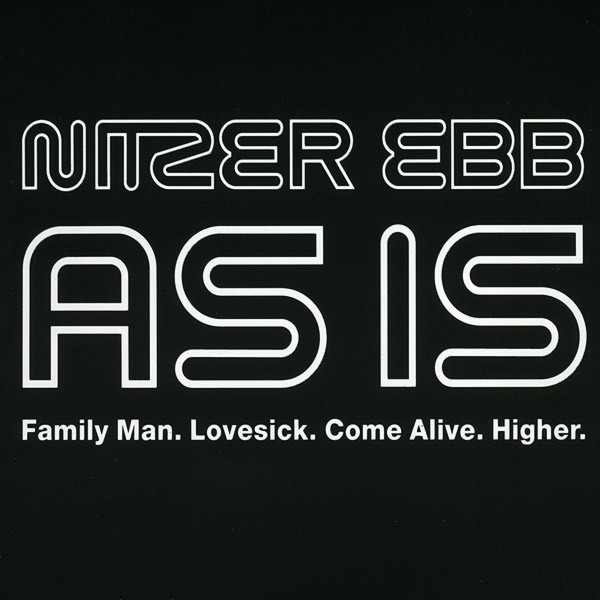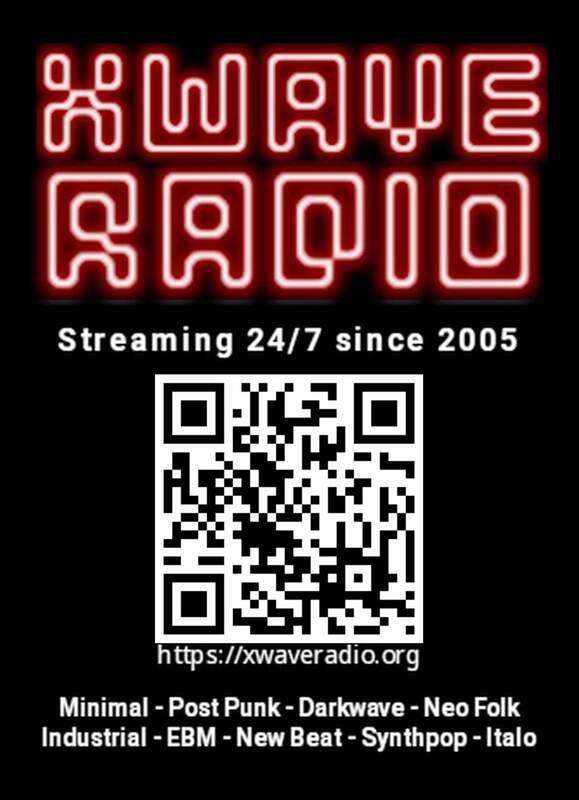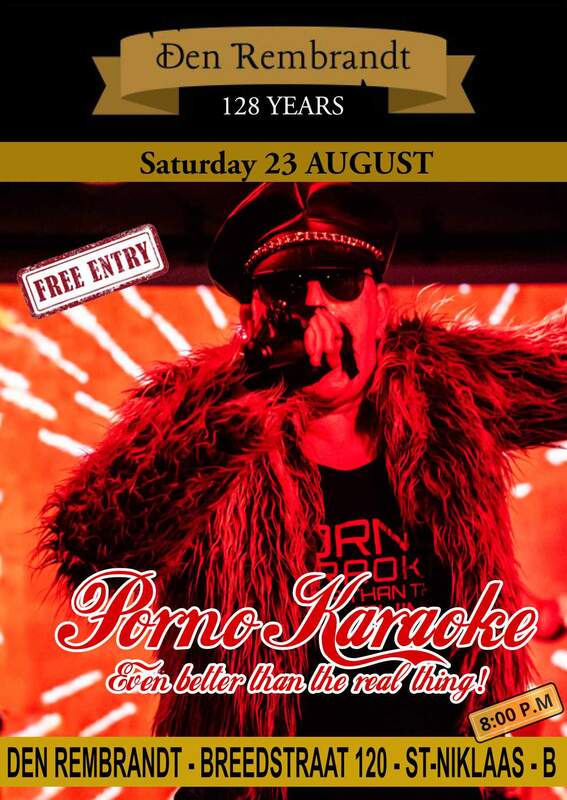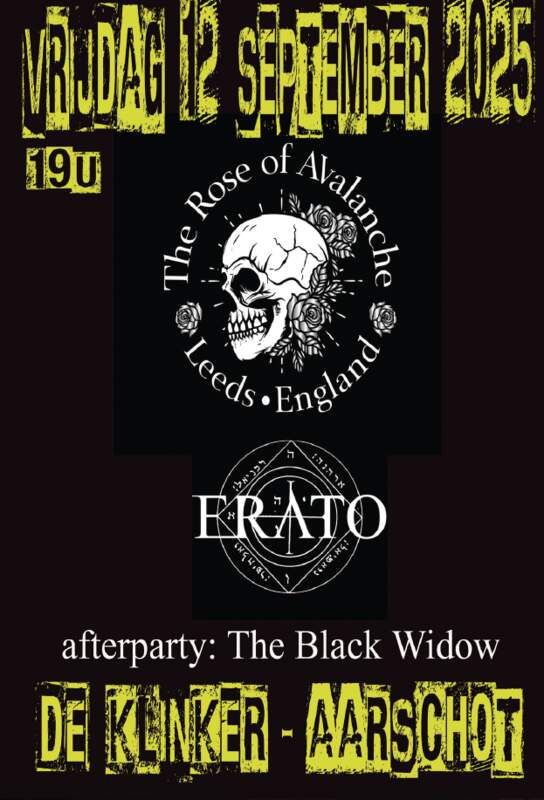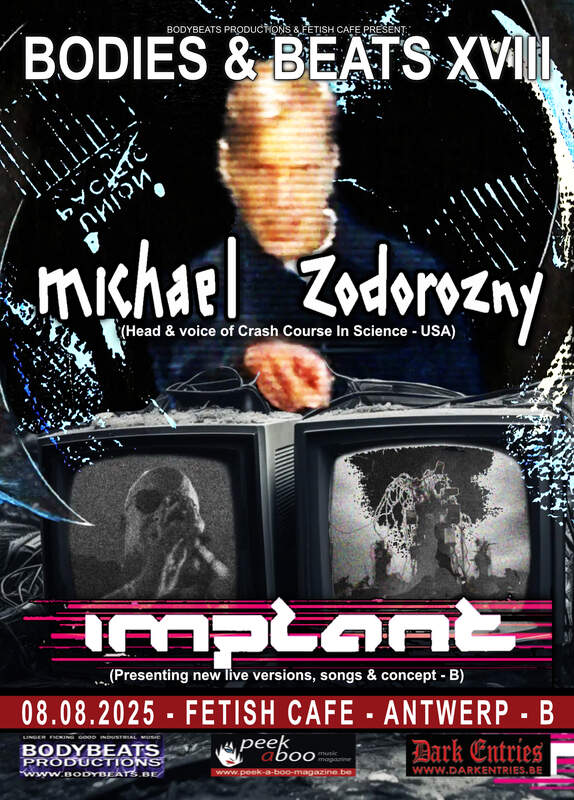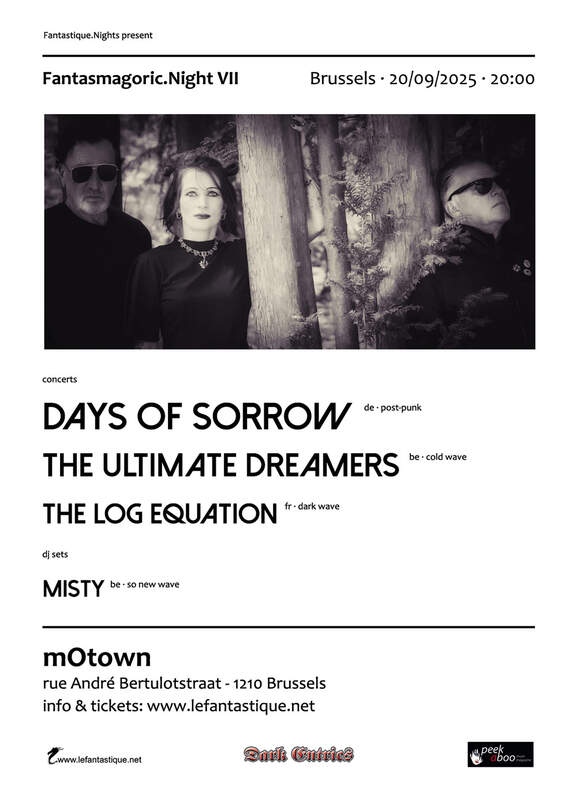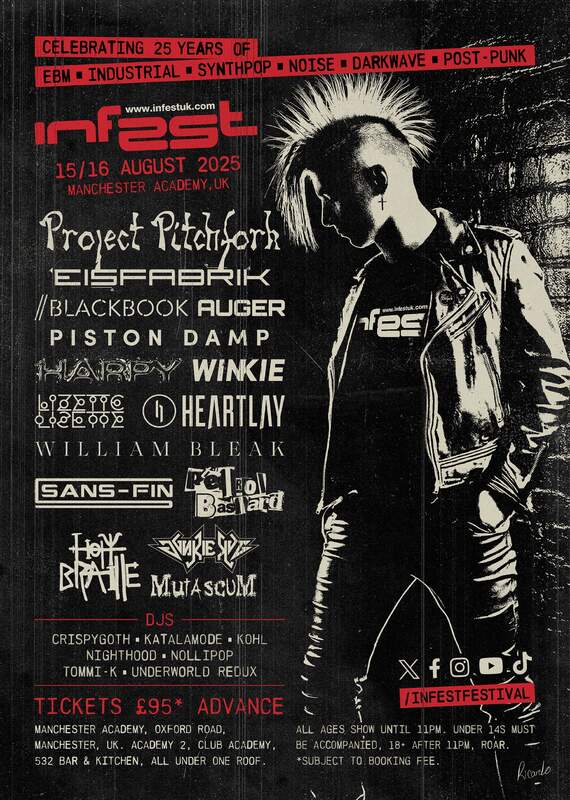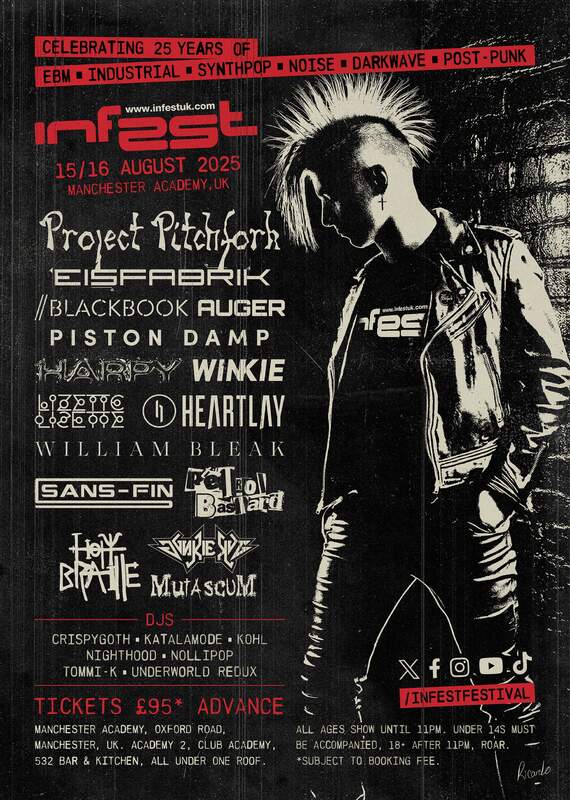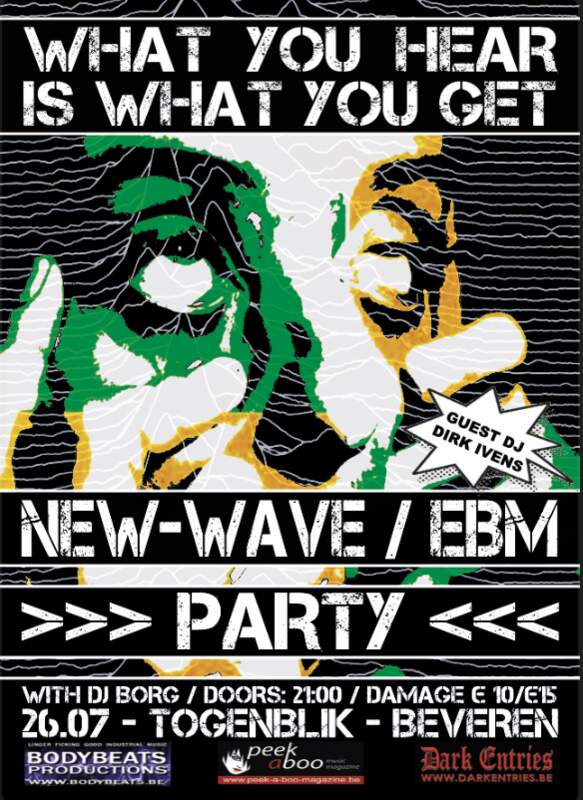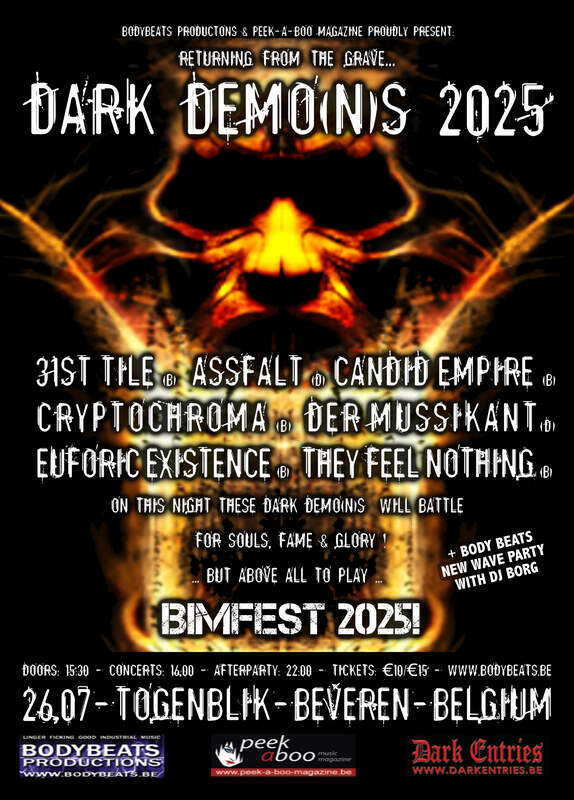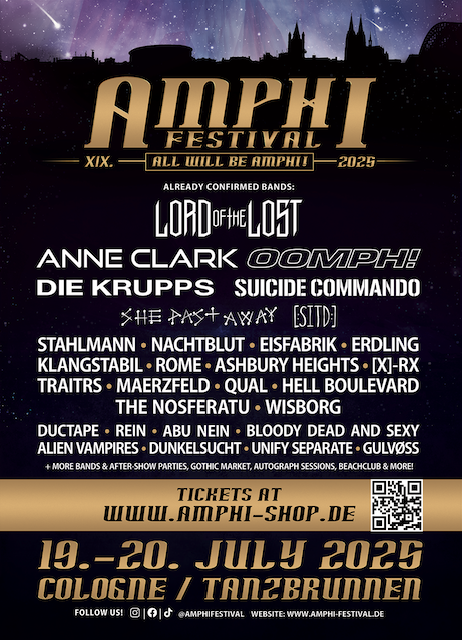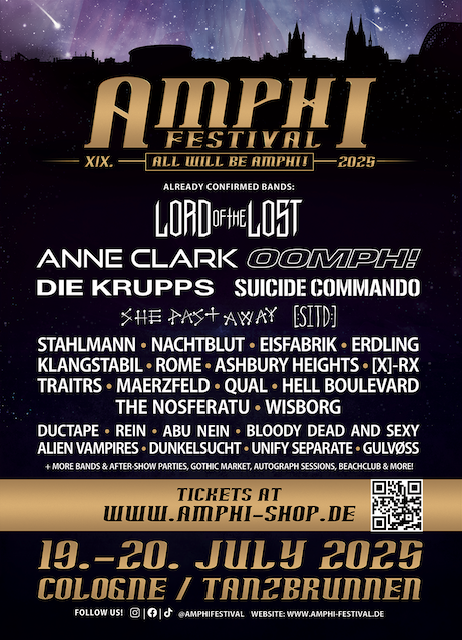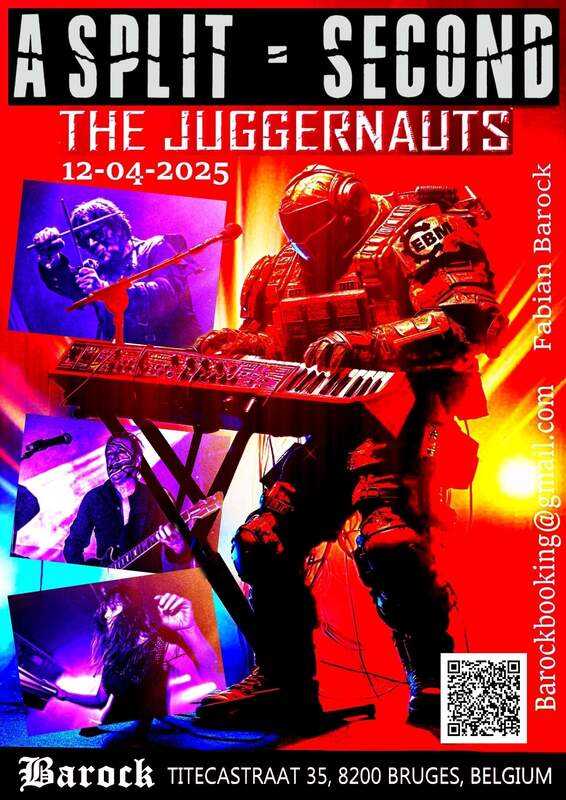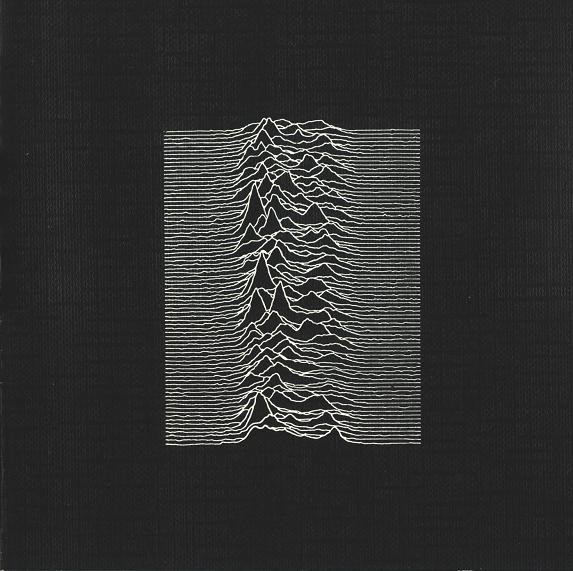
Today it’s exactly 41 years ago since Joy Division released their debut studio album Unknown Pleasures (15 June 1979).
Today it’s exactly 41 years ago since Joy Division released their debut studio album Unknown Pleasures (15 June 1979) on the renowned label Factory Records. The album was recorded and mixed in only three successive weekends in April of the same year and was produced by Martin Hannet who incorporated a number of unconventional recording and production techniques into the group's sound.
The cover artwork was designed by artist Peter Saville while the centre sleeve depicts "100 consecutive pulses from the pulsar CP 1919" as found by Bernard Sumner in The Cambridge Encyclopaedia of Astronomy (See more about the artwork in the video below)
It is the only Joy Division album that was released during lead singer Ian Curtis's lifetime.
Initially, sales of Unknown Pleasures were slow until the release of the non-album single, 'Transmission'. The album sold over 5000 copies within the first week of it's release, 20.000 copies were sold within the first year. However the album did not chart until it was reissued after the suicide of singer Ian Curtis. Then the album peaked at #71 in the UK Album Charts in August 1980 while it reached No.2 in the UK indie charts and spent 136 weeks in the chart in total. Factory Records did not release any singles from Unknown Pleasures,
It has since received sustained critical acclaim as an influential post-punk album and has been named as one of the best albums of all-time by publications such as NME, AllMusic, Select and Spin.
Instead of side A and B the sides were named Outside and Inside.
Unknown Pleasures - tracklist
A Outside
1. Disorder
2. Day Of The Lords
3. Candidate
4. Insight
5. New Dawn Fades
B Inside
1. She’s Lost Control
2. Shadowplay
3. Wilderness
4. Interzone
5. I Remember Nothing
On this day, 29 years ago, Kraftwerk released their remix album The Mix. It was released on 11 June 1991 and featured re-recorded and, in some cases, re-arranged versions of a selection of songs which were released on their previous albums.
Ralf Hütter stated in interviews that he regarded The Mix as a type of live album, as it captured the results of the band's continual digital improvisations in their Kling Klang studio. The band had made a return to the stage in 1990, after a nine-year hiatus from touring, and since then the band's live setlist has used arrangements drawn from The Mix rather than the original recordings. As the band didn't want to release a traditional "Greatest Hits" or "Best of" collection they opted for 'The Mix'.
At the time, the band were in the process of reconfiguring their Kling Klang studio from analog to digital recording technology; integrating MIDI into their setup and creating sound archives from their original master tapes that were stored onto computers. This proved to be an ongoing task, as new upgrades and equipment were continually made available in the years following the album project. Despite no new, original recorded material or live tours outside of Europe, Ralf Hütter did not want Kraftwerk to appear defunct to the public.
The album's production is credited to Ralf Hütter, Florian Schneider, and Fritz Hilpert, the latter of whom had replaced percussionist and stage set designer Wolfgang Flür after Flür left the group in 1987. Karl Bartos also left the band in 1991 and was replaced by Fernando Abrantes. Bartos claimed in later interviews that much of his programming work was still featured on The Mix, uncredited.
The album received rather mixed reception on its release. Although many music magazines and citric rated the album from good to very good, many fans were disappointed at the lack of new compositions and, moreover, the production values of the re-recorded tracks did not strike many listeners as particularly cutting edge, something which Kraftwerk had previously been renowned for. The Mix was created entirely digitally, albeit during a period when the technology had yet to reach its maturity, and thus featured a sound which many listeners tend to find somewhat "sterile" compared to the analogue electronics employed on most of Kraftwerk's previous recordings of these songs. Nevertheless, The Mix placed first in The Wire's year-end poll, the first time the magazine—previously known for its focus on jazz—opened up an all-genre category.
The album has been released in both an English and German sung version an on various different formats like double 12" vinyl, Cassette and CD and was officially re-released in 2009.
The Mix - Tracklist
1. The Robots / Die Roboter 8:56
2. Computer Love / Computerliebe 6:35
3. Pocket Calculator / Taschenrechner 4:32
4. Dentaku / Calculator 3:27
5. Autobahn 9:27
6. Radioactivity / Radioaktivität 6:53
7. Trans-Europe Express 3:20
8. Abzug 2:18
9. Metal on Metal / Metall auf Metall 4:58
10.Home Computer / Heimcomputer") 8:02
11.Music Non Stop / Musik Non-Stop 6:38
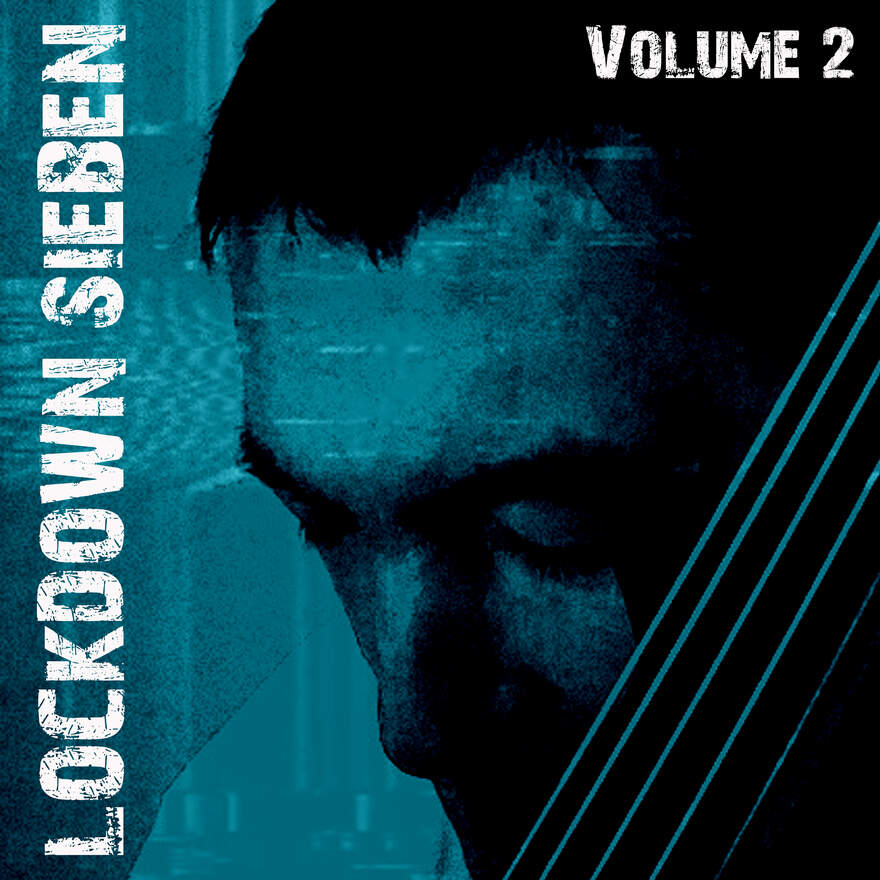
Sieben covering David Bowie's Heroes live + new CD album 2020 VISION releases this Friday, 12th June!
What started as a fan request for some online material has grown somewhat. LOCKDOWN SIEBEN sees Matt Howden perform a free online concert each Friday evening (8 GMT) via his SIEBEN Facebook page. No log in required.
As well as this, individual tracks performed live by Matt in his home studio (in his socks) are added to his Matt Howden Youtube channel on a regular basis:
https://www.youtube.com/channel/UC-wcs8kgZRyr17Ih9VP5Dnw
So far, all 6 concerts and 17 individual tracks have been added. The artist is linking his material old and new (including revisiting many tracks from his earlier back catalogue), brought together under the new power-sound of his trusty five-string Kevlar violin, Kev.
Matt says:
The concerts have really felt like the digital divide isn’t there - I’ve been loving the special, intimate and homely feel that people are bringing to these concerts. Loving that I can rock up in my socks, singing through a studio condenser mic, loving that it's pushing me to reconnect with my older material. Loving that people can merrily chat-type away, without talking over the music. Overall, I'm quite liking it, then. Come join me on a Friday :)
LOCKDOWN SIEBEN is also an evolving series of ‘live in lockdown’ albums, available from the Sieben Bandcamp: https://sieben.bandcamp.com/
Volume 1 & 2 are now released, volume 3 expected soon. They are ‘pay what you like’ so can be downloaded for free - times are hard, and the artist aims to provide some entertainment for you during lockdown and beyond. (As well as keep himself sane).
Meanwhile, enjoy his live coverversion of David Bowie's Heroes below!
On this day, 29 years ago, Nitzer Ebb released the 'As Is' EP (10 June 1991), prior to their fourth studio album 'Ebbhead', on 7" vinyl, 12" Vinyl, CD, and cassette through Mute Records (MUTE122).
The EP features four tracks, each mixed by a different artist / producer. The first track, 'Family Man' is the only one which was also featured on Ebbhead album, albeit in a different version. It was mixed by Jaz Coleman, vocalist and frontman of Killing Joke. The second track, 'Lovesick' was mixed by Flood who produced the band's second and third albums, Belief and Showtime as well as the previously mentioned Ebbhead. The third track, 'Come Alive' was mixed by Alan Wilder of Depeche Mode, who would eventually be hired to co-produce the Ebbhead album. The last track, 'Higher' was mixed by Barry Adamson and Paul Kendall (PK). Barry Adamson was the bassist for Howard Devoto's Magazine and Nick Cave and the Bad Seeds and PK is an engineer/producer who has worked mainly for Mute Records on various Depeche Mode and Flood projects.
As Is (tracklist)
1. Family Man 3:56
2. Lovesick 4:00
3. Come Alive 6:12
4. Higher 5:50
Nitzer Ebb
Bon Harris – programming
Douglas McCarthy – vocals
Julian Beeston – additional drums and percussion
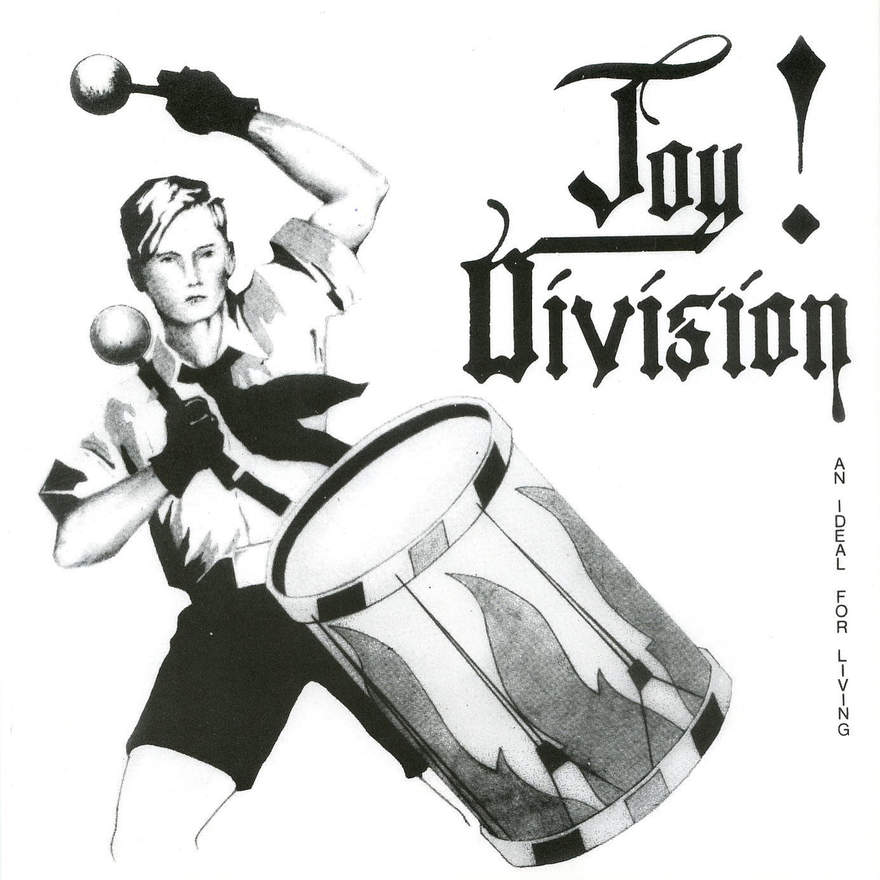
Today, 42 years ago, Joy Division self-released their very first 7' EP, An Ideal For Living!
Today, 42 years ago, Joy Division self-released their very first EP, An Ideal For Living! All four tracks were recorded in just one day at the Pennine Sound studios in Oldham, UK, on 14th December 1977 and released as a 7” on the band’s own Enigma label. The band self-financed this recording on a budget of £400.
The original release was pressed as 1000 copies and sold out by September the same year.
While the band was still known as Warsaw during the recording sessions for this release, they changed their name to Joy Division before the release took place.
The sleeve was printed on a 14' x 14' piece of thin cardstock and then folded into four squares. The front cover has a black-and-white Hitler Youth member beating a drum, which was drawn by guitarist Bernard Sumner and their bandname printed in a German gothic style blackletter font. The cover design, coupled with the nature of the band's name, fuelled controversy over whether the band had Nazi sympathies. When the EP was re-released on 12-inch vinyl, the original cover was replaced by artwork featuring scaffolding.
Numerous counterfeit editions of this release exist. Only the original vinyl has serrated vinyl around the label and different contours on the label.
Today, original copies are being traded between collectors and fans for prices from € 1500 to a stunning almost € 3000!
An Ideal For Living - Tracklist
|
A1 |
Warsaw |
|
|
A2 |
No Love Lost |
|
|
B1 |
Leaders Of Men |
|
|
B2 |
Failures |
|



